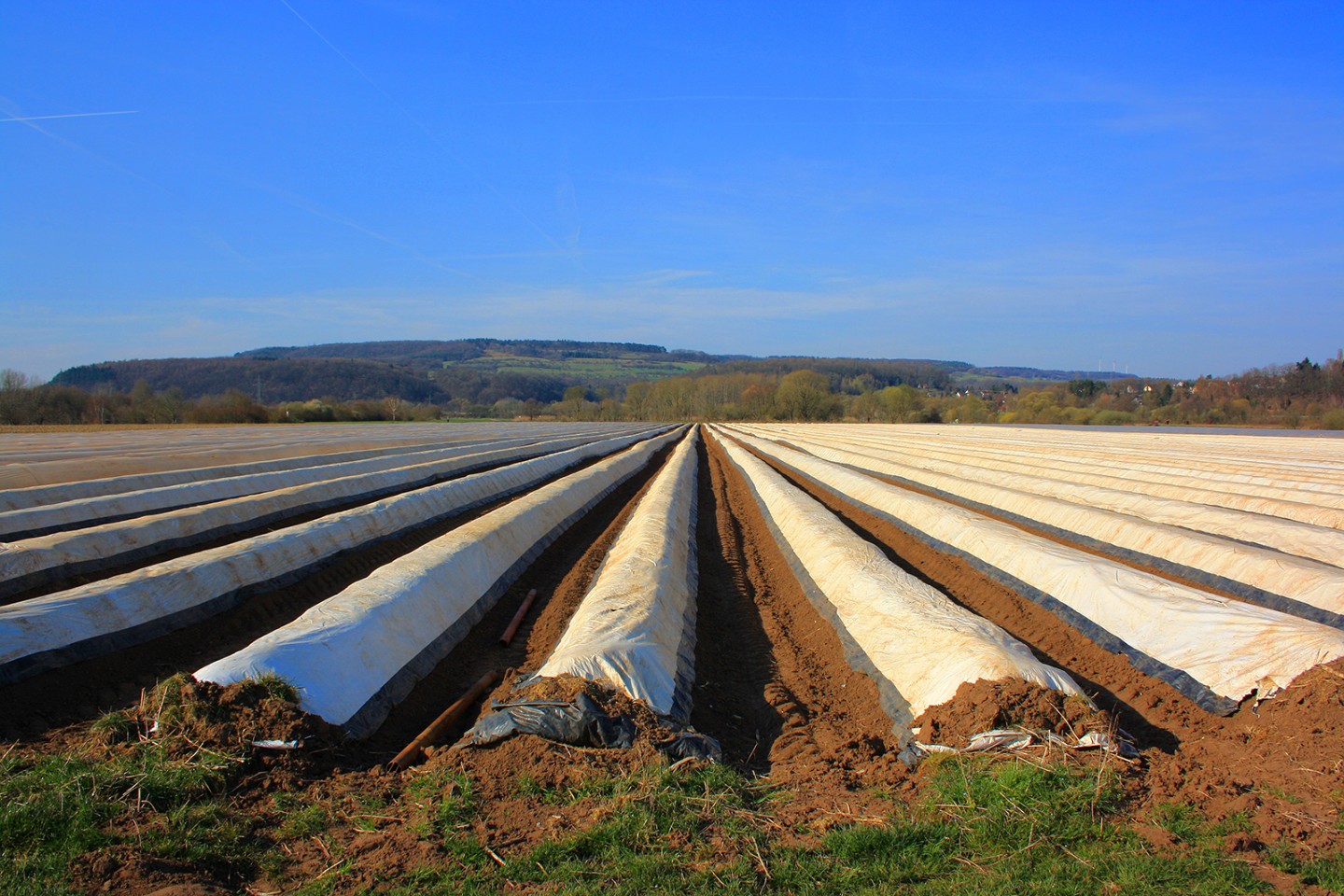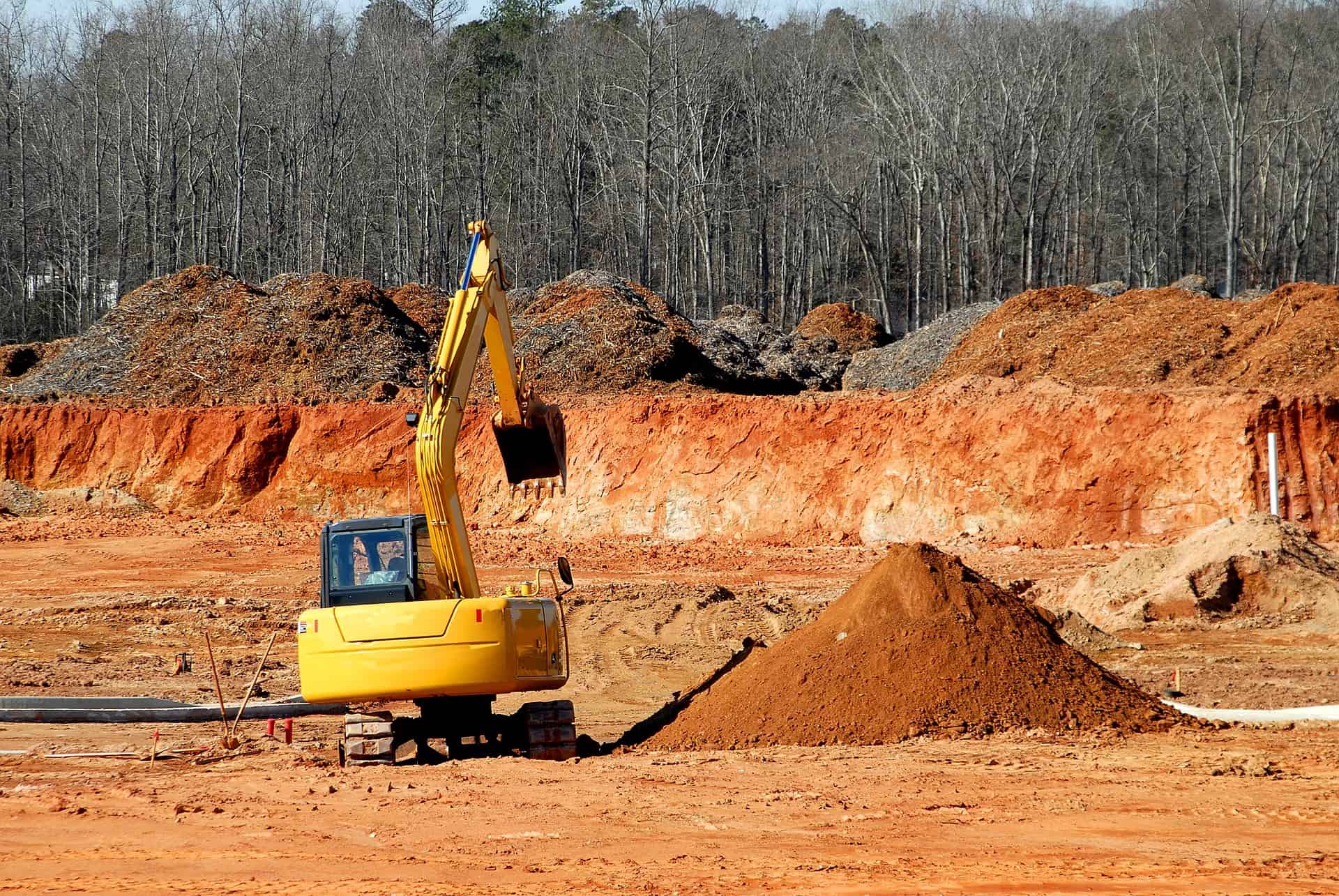
A few years ago, a study by the University of Bayreuth caused a stir in Germany. Researchers had discovered that there are far more microplastics in the soil on arable land than previously assumed. That research was confirmed this year by the Fraunhofer Institute UMSICHT.
The primary cause, according to the university, was plastic-contaminated manure being spread on the land. Another reason is the use of agricultural foil. Everyone is familiar with it from, for example, the asparagus fields in winter which have trellises over them covered with plastic foil.
The plastic is used for ensuring better temperature control, water management and weed prevention. It is essential for some crops. But there are drawbacks to it. First, it is a real chore to roll out the plastic and pull it off again at the end of the season. Secondly, the plastic cannot be reused indefinitely and thirdly, small plastic residues are left on the land.
NewHyPe
The Fraunhofer Institute ISC from Würzburg says it has developed together with other European researchers and companies a solution. Instead of plastic foil, farmers could use specially prepared paper that can be left on the land after use.
Many farmers and gardeners use agricultural foil to improve their harvest. The foil is usually made from biodegradable polyethylene. According to the press release, the Fraunhofer Institute, together with European partners, has been looking for environmentally friendly alternatives as part of the NewHyPe project.
One alternative is already on the market: foil made from lactic acid. However, its disadvantage is that it is quite expensive. Fraunhofer ISC came up with paper as a substitute. Ordinary paper, of course, is not an option because it falls apart when wet. But it can be done if the paper is treated with a special coating.
Coating
The coating is made of the material ORMOCER, which is composed of several organic polymers and inorganic silicates. “In combination, they provide chemical and mechanical stability while maintaining degradability,” researcher Klaus Rose explains.
The paper is able to last for a three to six month farming season if used properly and then it completely degrades. The researchers are still working on a paper where the ORMOCER is integrated into the water-repellent paper that can be simply tilled with the soil after use.
Other partners in the NewHyPe project include the VTT Technical Research Centre of Finland, newspaper producer Norske Skog Skogn, Rise PFI, Sur A Chemicals and paper producer Walki.
Also interesting: Microplastics are everywhere – “Our despicable behaviour has to stop”







